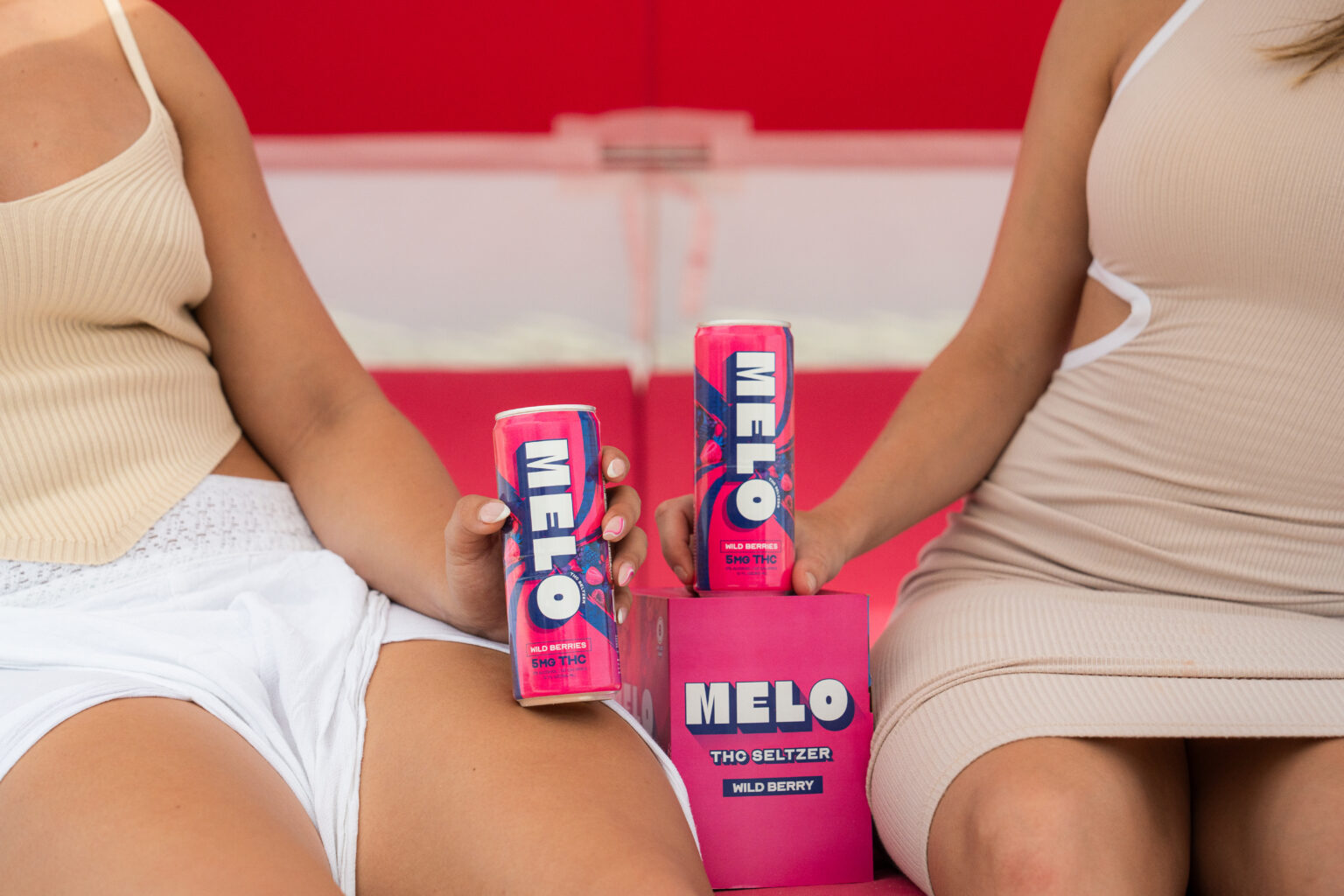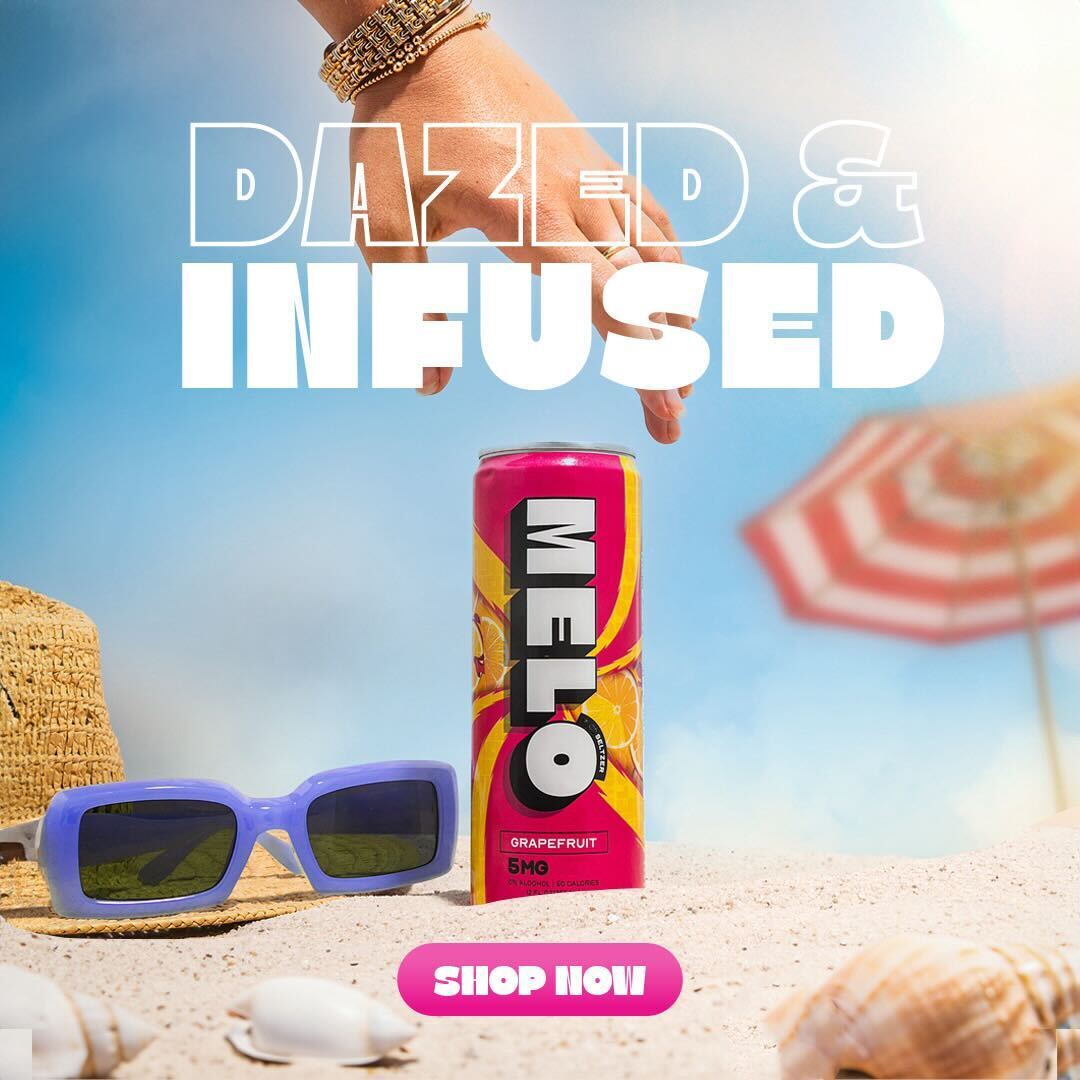Water Solubility Challenges
Integrating cannabis compounds like THC into beverages presents unique challenges. Water and lipids, the key components of THC and water respectively, don’t mix easily. This inherent incompatibility makes it difficult to achieve stable and consistent concentrations of water-soluble THC in drinks.
THC’s Hydrophobic Nature
The science behind making THC soluble in water is a complex puzzle. THC, the main psychoactive component in cannabis, is inherently hydrophobic, meaning it prefers to dissolve in fats and oils rather than water. This poses significant challenges when trying to incorporate THC into beverages, which are primarily composed of water.
- One major hurdle is the limited solubility of THC in water. Its lipophilic nature causes it to clump together (aggregate) instead of dispersing evenly throughout the water, leading to inconsistent dosing and an unpleasant mouthfeel.
- Overcoming this challenge requires specialized techniques and ingredients to effectively emulsify or encapsulate THC, enabling it to remain stable and soluble in beverages.
Enhancing THC Solubility
To address these solubility challenges, several innovative approaches have emerged. One common method is nanoemulsification, which involves breaking down THC into tiny droplets suspended within a carrier oil. These nano-sized droplets can then be dispersed in water using emulsifiers, forming a stable and homogeneous mixture.
Another technique utilizes cyclodextrins, cyclic sugar molecules with a hydrophobic cavity that can encapsulate THC molecules. This encapsulation process enhances THC’s solubility in water while also protecting it from degradation.
Techniques for Water-Soluble THC Beverages
Integrating cannabis compounds like THC into beverages presents unique challenges due to the inherent incompatibility of water and lipids, the key components of THC and water respectively. This makes achieving stable and consistent concentrations of water-soluble THC in drinks difficult.
Emulsions and Micelles
Overcoming this challenge requires specialized techniques and ingredients to effectively emulsify or encapsulate THC, enabling it to remain stable and soluble in beverages. One common method is nanoemulsification, which involves breaking down THC into tiny droplets suspended within a carrier oil. These nano-sized droplets can then be dispersed in water using emulsifiers, forming a stable and homogeneous mixture.

Another technique utilizes cyclodextrins, cyclic sugar molecules with a hydrophobic cavity that can encapsulate THC molecules. This encapsulation process enhances THC’s solubility in water while also protecting it from degradation.
Nanoparticles
The science behind making THC soluble in water is a complex puzzle. THC, the main psychoactive component in cannabis, is inherently hydrophobic, meaning it prefers to dissolve in fats and oils rather than water. This poses significant challenges when trying to incorporate THC into beverages, which are primarily composed of water.
One major hurdle is the limited solubility of THC in water. Its lipophilic nature causes it to clump together (aggregate) instead of dispersing evenly throughout the water, leading to inconsistent dosing and an unpleasant mouthfeel.
To address these solubility challenges, several innovative approaches have emerged. One common method is nanoemulsification, which involves breaking down THC into tiny droplets suspended within a carrier oil. These nano-sized droplets can then be dispersed in water using emulsifiers, forming a stable and homogeneous mixture.
Another technique utilizes cyclodextrins, cyclic sugar molecules with a hydrophobic cavity that can encapsulate THC molecules. This encapsulation process enhances THC’s solubility in water while also protecting it from degradation.
Cyclodextrins
Cyclodextrins are cyclic oligosaccharides with a central cavity that can selectively bind to various molecules, including hydrophobic substances like THC. The hydrophobic cavity of the cyclodextrin molecule effectively encapsulates THC, shielding its lipophilic nature from the surrounding aqueous environment. This encapsulation process increases THC’s solubility in water by transforming it into a more water-soluble complex.
Cyclodextrins offer several advantages as solubilizing agents for THC. They are generally safe and well-tolerated, biocompatible, and readily biodegradable. Additionally, they can enhance the stability of THC in beverages, protecting it from degradation by light, heat, or oxidation.
Factors Affecting Absorption and Effects
The successful integration of THC into beverages hinges on overcoming the inherent challenge posed by its limited water solubility. This lipophilic nature of THC, preferring to dissolve in fats rather than water, necessitates specialized techniques and ingredients to ensure stability and consistent dosing in liquid form.
Particle Size
Particle size plays a crucial role in the absorption and effects of water-soluble THC. Smaller particles generally have a larger surface area, which allows for more efficient interaction with biological membranes and faster dissolution. This leads to quicker absorption and potentially stronger effects compared to larger particles.
The smaller the particle size, the more readily it can pass through cell membranes and enter the bloodstream. Consequently, nanoemulsified THC, with its tiny droplets dispersed in water, is often associated with faster onset of effects and a smoother experience compared to traditional methods that result in larger particle sizes.
Surface Area
The surface area of THC particles directly influences how quickly and effectively they are absorbed by the body. A greater surface area allows for more contact between the THC molecules and the surrounding biological membranes, facilitating faster dissolution and absorption.
This is particularly relevant when considering water-soluble THC formulations. Nanoemulsification, which breaks down THC into tiny droplets, significantly increases its surface area compared to larger, unprocessed particles. This enhanced surface area contributes to a faster onset of effects and a more rapid absorption rate.
Lipid Bilayer Penetration
The lipid bilayer, a fundamental component of cell membranes, presents a significant barrier for many substances, including THC. Its hydrophobic core effectively repels water-soluble molecules. To overcome this hurdle, specialized techniques like nanoemulsification are employed to create tiny droplets of THC suspended in a carrier oil. These nano-sized droplets can then be dispersed in water using emulsifiers, allowing them to interact with and penetrate the lipid bilayer more readily.
Several factors influence the penetration of THC through the lipid bilayer. Particle size is crucial; smaller particles have a larger surface area, facilitating diffusion across the membrane. The chemical structure of THC also plays a role, as certain modifications can enhance its lipophilicity and promote membrane permeability.

The presence of specific lipids within the cell membrane can influence THC absorption. For instance, cholesterol content can affect membrane fluidity, potentially impacting THC’s ability to penetrate.
Analytical Techniques for Quality Control
Ensuring the quality and consistency of cannabis-infused beverages requires sophisticated analytical techniques. These methods are essential for verifying accurate THC dosages, identifying potential contaminants, and monitoring product stability over time.
HPLC and Mass Spectrometry
High-Performance Liquid Chromatography (HPLC) is a cornerstone technique in quality control for cannabis beverages. It separates individual compounds within a complex mixture based on their chemical properties. In the context of THC beverages, HPLC allows for precise quantification of THC content, ensuring accurate dosing and regulatory compliance.
Mass Spectrometry (MS), often coupled with HPLC (HPLC-MS), provides an even deeper level of analysis. MS identifies compounds by measuring their mass-to-charge ratio, enabling the detection of specific THC isomers and metabolites. This detailed information can reveal potential degradation products or impurities, further safeguarding product quality and consumer safety.
UV-Vis Spectroscopy
UV-Vis Spectroscopy is a valuable tool for quality control in cannabis beverages due to its ability to assess the concentration of certain cannabinoids like THC. It operates on the principle that substances absorb light at specific wavelengths. By measuring the amount of light absorbed by a sample at different wavelengths, a unique spectrum can be generated, providing information about the composition of the beverage.
In the context of THC beverages, UV-Vis spectroscopy can be used to quantify THC content directly. It’s relatively fast, cost-effective, and requires minimal sample preparation.
Safety and Regulatory Considerations
Developing safe and compliant cannabis-infused beverages presents unique challenges due to the complex interactions between THC and water. Regulatory bodies impose strict guidelines on dosing accuracy, product safety, and contaminant control.

Dosage Accuracy
Safety and regulatory considerations are paramount in the production of cannabis-infused beverages. Accurate dosage is crucial to ensure consumer safety and avoid unintentional overconsumption. Regulatory agencies like the FDA (in the US) set strict limits on THC content and require rigorous testing to verify label accuracy.
To ensure accurate dosing, manufacturers employ precise analytical techniques such as HPLC and MS to quantify THC content. This meticulous approach minimizes variability in dosage and helps prevent adverse effects associated with excessive THC intake.
Potential Side Effects
Potential side effects of consuming water-soluble THC can vary depending on individual factors such as tolerance, dosage, and consumption method. Some common side effects may include: altered perception, impaired coordination, anxiety, paranoia, dry mouth, increased heart rate, and red eyes.
It is essential to consume cannabis products responsibly and in moderation. Start with a low dose and gradually increase it as needed, paying attention to the body’s response. Consulting with a healthcare professional before using THC, especially for individuals with pre-existing medical conditions or taking medications, is highly recommended.
Labeling Requirements
Safety and regulatory considerations are paramount in the production of cannabis-infused beverages. Accurate dosage is crucial to ensure consumer safety and avoid unintentional overconsumption. Regulatory agencies like the FDA (in the US) set strict limits on THC content and require rigorous testing to verify label accuracy. To ensure accurate dosing, manufacturers employ precise analytical techniques such as HPLC and MS to quantify THC content. This meticulous approach minimizes variability in dosage and helps prevent adverse effects associated with excessive THC intake.
Labeling requirements for cannabis-infused beverages are stringent and designed to provide consumers with clear and comprehensive information about the product’s contents.
Labels must clearly state the amount of THC present per serving, along with any other active ingredients. They also typically include warnings about potential side effects and recommendations for safe consumption.
In addition to ingredient information and dosage, labels may display cautionary statements regarding age restrictions (often 21 years or older) and potential interactions with medications.
Shop Melo Seltzer’s high-quality THC beverages
- Jalupro Super Hydro Skin Booster Treatments Near Headley, Surrey - May 14, 2025
- The Science Of Water-Soluble THC In Beverages - May 14, 2025
- Exosome Therapy For Skin Rejuvenation Near Effingham, Surrey - May 13, 2025
